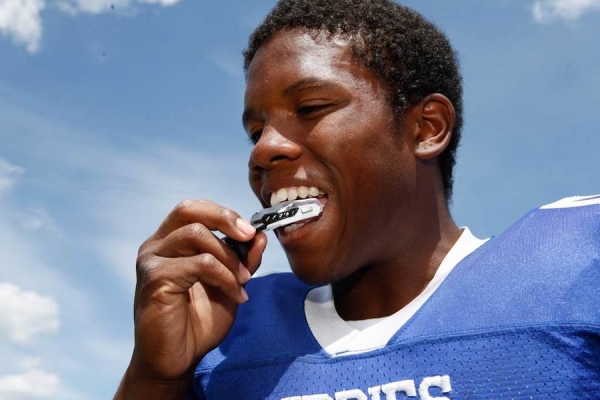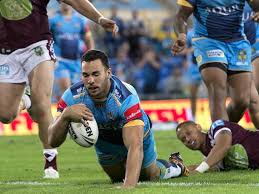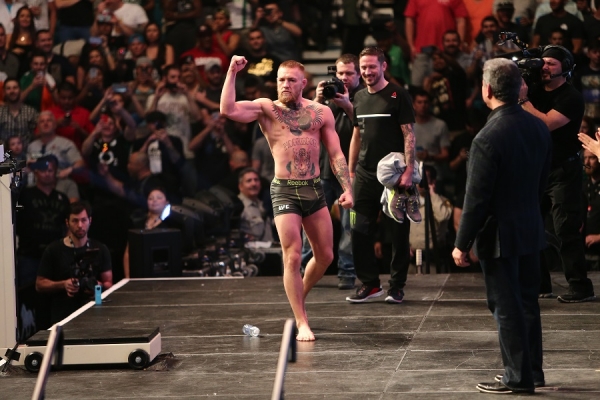 Dhanraj Pillay still has medal regrets after India’s performance in Champions Trophy against Australia. (Source: File)
Dhanraj Pillay still has medal regrets after India’s performance in Champions Trophy against Australia. (Source: File)
It’s been a few days since India’s historic achievements at the Champions Trophy. A case of a silver medal won rather than gold lost. That too against mighty Australia. There are still many who are yet to digest what transpired a few nights ago. Former India captain Dhanraj Pillay is one of them. “Even when I was playing, I don’t think we played that consistent level of hockey for 60 minutes,” he asserts.
The silver medal, won after the drama of a penalty shoot-out, went one better than the previous best bronze-medal finish at the 1982 edition of the tournament. But the achievement went beyond just winning the silver. It was more about the way in which Indians held Australians to a 0-0 scoreline, frustrating, and even dominating the highest ranked team for a majority of the game. “You can’t keep pace with them. India has never kept up the pace with them. But in this tournament, Australia was nowhere compared to where we were in terms of fitness and ball possession. In the last quarter itself, we had 79 percent of ball possession,” mentions the 47-year-old.
The dominance of the 14-time Champions Trophy winners stems from their physical superiority over others. Along with their tactical game-plan, the Kookaburras often adopt a strategy that tires out the opposition with their speed and movement. On the night nonetheless, the Indians matched their opponents, and to a certain extent, even exceeded them. “Our fitness has gone up by 110 percent,” exclaims Pillay. “In the last six months, the way we’ve performed at the Sultan Azlan Shah Cup and now the Champions Trophy, you can tell they’re on the right track for the Olympics.”
Head coach Roelant Oltmans has devised and implemented a strong defensive structure that focuses on the team working as a single unit, rather than on individual flair. Earlier Indian teams were guilty of setting a high forwardline and deep backline, resulting in a large gap in midfield for oppositions to exploit. The first change was to encourage the forwardline to track back to defend. In midfield, the coach set up anchors to cover any gaping holes that would threaten their defence. Then there is the prospect of pushing the defenders upfield during attack. It’s this very mentality and structure that caught the Australians off guard.
“Oltmans is very good in creating a strategy and game-plan. He didn’t take all senior players to Sultan Azlan Shah Cup, and now rested a few for the Champions Trophy. He’s going in the right direction to experiment and see what the team is lacking. That will strengthen the squad when Sardar is back in the team,” says Pillay, who lead the national team to the Asian Games gold in 1998.
One drawback Pillay sees is in the field goal conversion. “You need to be sharp in the goal mouth and convert chances so that you don’t regret later. I still regret that I couldn’t win a medal.” Penalty-corner conversion rates too are alarming, yet it is a prospect that has dogged most international teams. Though it may also be the case of improved goal-keeping rather than deteriorating drag-flicking. There’s a bright spark that Pillay sees in the team. “This team can do anything at the Olympics.” Nonetheless, even in Brazil there is the prospect of facing Australia again.
“Play to your strength and don’t be overconfident. Australia is fitter than any team. It’s hard to beat them. But now we know that we can hold them,” he concludes.








